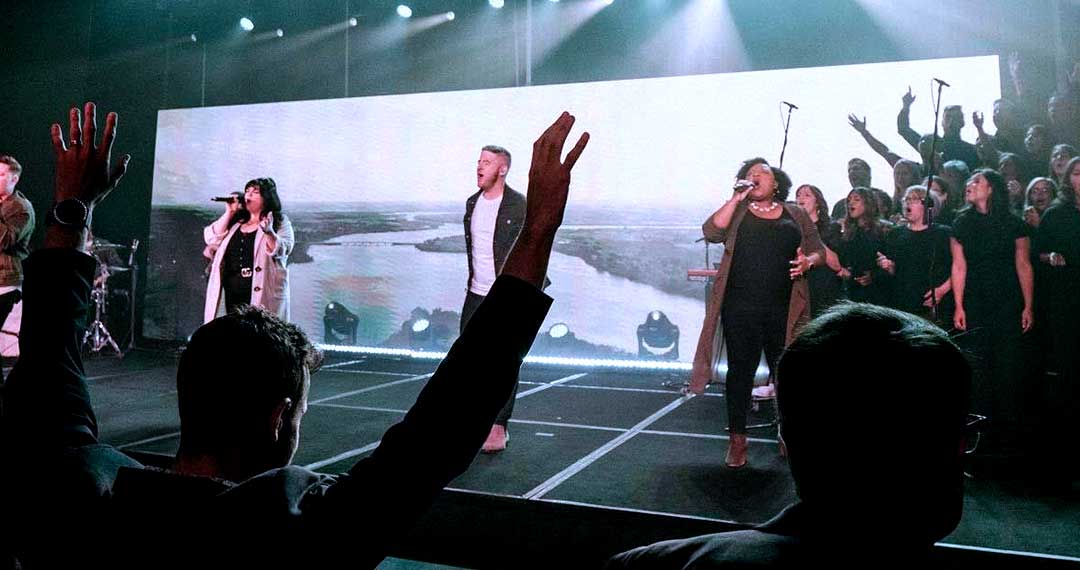Maximizing Visual Effect Via Strategic Content Scheduling in LED Wall Execution
Wiki Article
Maximizing visual effect throughout LED wall performances requires careful planning and strategic content scheduling. LED walls are powerful instruments in visual storytelling, often utilized in concerts, events, and presentations. The effectiveness of these screens relies not only just upon the caliber of the images yet additionally upon the manner plus when they are presented. By understanding the audience's attention span and the flow of the occasion, event planners can craft a more captivating encounter that enthralls spectators plus improves the total show.
One crucial aspect of tactical visual timing is scheduling. It is vital to synchronize the images to the beat and tempo of the show. For example, in the course of a music performance, visuals should enhance the rhythm and atmosphere of the melody. This synchronization helps to create a cohesive experience that draws the viewers in. Additionally, it is important to take into account the length of each image clip. Short, impactful clips can maintain audience engagement, while extended images may be appropriate for instances of reflection or emotional connection. By varying the length and vigor of the visuals, event planners can maintain the viewers interested throughout the performance.

Another crucial element is the content itself. The visuals displayed on the LED wall should be pertinent to the theme of the performance. This pertinence aids to strengthen the message being conveyed and makes the encounter more unforgettable for the viewers. For instance, if the show is about environmental awareness, using visuals that depict nature and animals can amplify the narrative. Furthermore, adding dynamic elements, such as animations or interactive graphics, can introduce excitement and maintain the viewers' attention. The appropriate material, presented at the right time, can significantly elevate the impact of the performance.
Audience engagement is also a key factor in visual timing. Comprehending the demographics and preferences of the audience can guide the selection of visuals. For example, a younger audience may respond better to vibrant hues and quick motion graphics, while an mature crowd might value more nuanced and sophisticated visuals. By tailoring the content to the audience's preferences, event planners can craft a more tailored encounter that connects with spectators. Additionally, adding viewer involvement, such as real-time surveys or media engagements, can additionally improve involvement and render the show more engaging.
Click Here Finally, assessing the efficacy of the visual timing is crucial for future performances. Gathering feedback from the audience can provide valuable information into what was effective successfully plus what could be enhanced. This data can assist event planners improve their approaches and take knowledgeable choices for upcoming events. By continuously assessing and adapting the content timing strategy, event planners can amplify the aesthetic effect of light-emitting diode wall performances and create unforgettable encounters for their viewers.